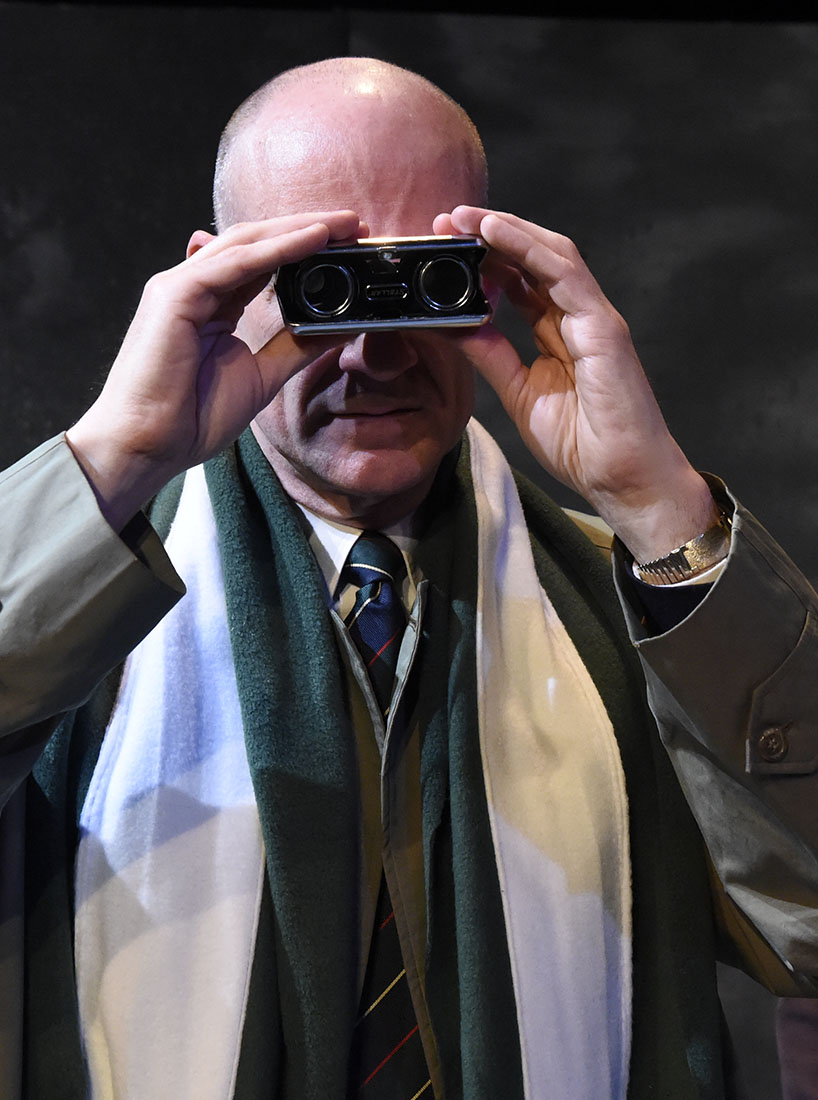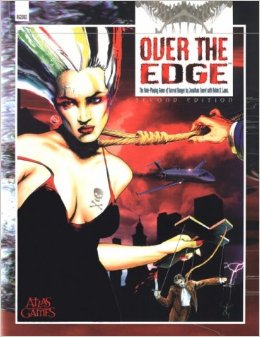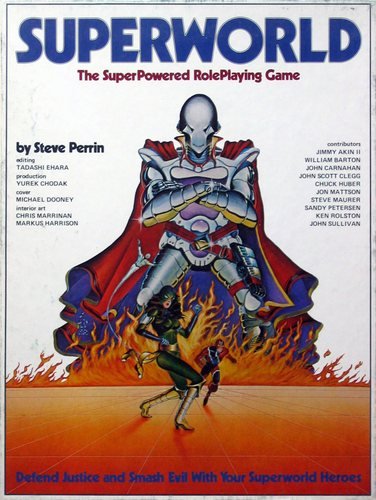Tagline: Strong potential makes this product that you might want to take a look at; but the execution leaves much to be desired.
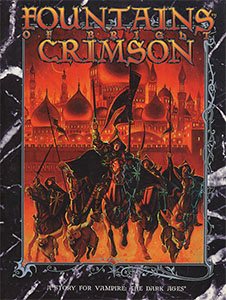 In the year 1099 the First Crusaders came to the gates of the holy city of Jerusalem. They were surprised by the lack of resistance with which they had been met, but as they entered the city they were seized by a strange and furious madness. In their rage they began to slaughter the townspeople. For weeks the streets ran red, and their bloodlust did not stop until every man, woman, and child who lived within the city had been cut down.
In the year 1099 the First Crusaders came to the gates of the holy city of Jerusalem. They were surprised by the lack of resistance with which they had been met, but as they entered the city they were seized by a strange and furious madness. In their rage they began to slaughter the townspeople. For weeks the streets ran red, and their bloodlust did not stop until every man, woman, and child who lived within the city had been cut down.
That much is true. It is a recorded event of history and – as the authors of this book say – the historical butchers who committed these savage deeds needed no mystical fiends to drive them to this… They brought their own monsters with them.
But in the world of Vampire: The Dark Age these events took an ominous turn: As Jerusalem clotted on its own blood, crimson streams ran down into the secret caverns beneath the city… and its scent reached even the ancient burial place of Malkav. The Antediluvian stirred in his sleep, and reached out with his mind – driving the Crusaders to ever more bloody deeds, but also corrupting the minds of the Cainites who had come with them. As the Weeks of Blood (as they were known) came to an end, not a single vampire who had accompanied the Crusaders remained in the ancient city… they had vanished without a trace.
Now it is a hundred years later, in the year 1197… and mad Cainites screaming of blood have emerged from the catacombs, while the fountains of Jerusalem run crimson. Malkav stirs in his sleep once more, and the city of Jerusalem hangs in the balance.
FOUNTAINS OF BRIGHT CRIMSON
Perhaps you won’t agree with me, but I think that’s an absolutely fantastic premise for an adventure. The author has found a historical event which resonates with themes of the occult, and then mixed it seamlessly into the mythology which has been crafted around Vampire: The Dark Age.
Unfortunately, from this point out, the adventure deteriorates rapidly. To sum up the plot quickly: The PCs are approached by Bernardus, who is concerned with recent acts of infernalism. He tricks the PCs into killing diablerist Tremere, and then uses that to blackmail them into investigating the appearance of a raving mad Cainite wearing the livery of the First Crusaders. After investigating the PCs will discover that this Cainite, along with four others, were inhabited by shards of Malkav’s spirit. Unless they can free them properly, Malkav will wake and Jerusalem will be plunged into blood once more. Meanwhile, a vengeful Muslim Cainite is pursuing these Crusaders in a quest of vengeance for their acts of murder a century ago; and the local Baali are trying to pry from them the location of Malkav’s body for their own nefarious purposes. Eventually, though, everything turns out okay in the end.
For starters, this is a rather weak delivery on the promises of an adventure of epic scope. The actual consequences of Malkav’s awakening are totally left in the hands of the GM and are only supposed to come into effect if the PCs utterly fail in their mission. Thus the richest tones of mythological possibility are left untapped, as is any sense of true urgency in the PCs actions.
But that just begins to scratch the surface of where this adventure falls down flat…
PLOT AS STRAIGHT AS A HIGHWAY IN ARIZONA
For starters, this adventure is so linear it makes my teeth cringe. And to make matters worse, there’s no way I could keep a group of PCs on this railroad track, even if I wanted to. Repeatedly the author puts the hypothetical player group into a situation where all common sense tells them to go one direction, and then simply tells the GM that the players “have no choice” but to do something completely different.
For example: The PCs are summoned to Jerusalem by Bernardus for the fake mission of hunting down infernalists. The author notes that “it should be obvious that the whole thing is a poorly-conceived ruse”; but then tells us that the PCs will want to help Bernardus anyway because “they risk the possibility of demonic powers destroying the most sacred city on earth – while they’re standing in the middle of it”. Admittedly, if my PCs actually believed there were infernalists (weak assumption if they already suspect Bernardus is lying) and they were good guys (another assumption) then it’s conceivable they might decide to hang around. Otherwise it’s far more likely they’re just going to take off.
For example: At another point in the adventure the only reason the PCs can’t just pick up and leave is because they’ve been tricked into killing the Tremere. Even though there are no witnesses, the PCs have to stay, because they are “in too deep.” Garbage! The most logical course of action for the PCs at this point is not to go back to Bernardus and subject themselves to blackmail (as the author instructs us to encourage them to do), but to get the hell out of town.
For example: At several points in the adventure the skill checks of NPCs are predetermined to fail.
For example: At one point in the adventure the PCs need to cross an underground river. If the fall into the river, we are told that they are automatically swept away and may (if they’re lucky) reappear thousands of miles outside of Jerusalem where the river emerges into the light of day. Then, later on in the exact same scene, an NPC is allowed to jump into the river and re-emerge at his leisure whenever he feels like it.
For example: At one point the PCs are, I swear to god, given the blood Malkav with absolutely no strings attached. The blood is described as having wondrous powers, and is necessary to complete the adventure the way it is written. Yet again, though, I am struck by the fact that the PCs have absolutely no connection to this adventure at all – and therefore their most logical course of action at this point is to skip town with this amazing gift they have been given.
For example: The entire middle of the adventure consists of the PCs randomly visiting places which, for the most part, they have absolutely no reason to visit.
INCONSISTENCIES
The lack of logic doesn’t end with the means by which the GM is supposed to keep the PCs wandering down the path which has been laid for them: The world itself is apparently rendered in a Matrix plagued with software glitches.
For example: Bernardus, who is supposed to trick the PCs into believing a string of absolutely absurd lies, is described as “guileless” in his character description. Huh?
For example: A large part of the adventure takes place beneath the surface of Jerusalem… but if the PCs go “too far” in their explorations of the caverns they will automatically become lost and never be seen again.
For example: Unless the PCs follow a very particular and specific course through the adventure, they will only encounter the Muslim Cainite assassin once – and then he will never be seen again (even though he is supposed to be the primary opponent of the PCs during the course of the adventure). However, if the PCs do follow that particular course of action there is a good chance that the Muslim Cainite assassin will successfully kill the one and only link they have to the end of the adventure.
FINALLY…
There’s a degree of false advertising involved in this product. Although repeatedly described as a “standalone” product (separate from Jerusalem at Night and other Vampire: The Dark Ages supplements), at several points in the text important NPCs are referenced merely in the form of names – without any supporting detail. Either this is a crucial design flaw, or these NPCs are described elsewhere in the product line.
CONCLUSION
The basic concepts on which Fountains of Bright Crimson are incredibly powerful – and might well be worth $8 just to take a peek at. However, to successfully use this adventure would require some extensive fixes – and to successfully use the concept to its full potential would require a massive restructuring. This one doesn’t come recommended from me.
Style: 3
Substance: 1
Author: Ree Soesbee
Company/Publisher: White Wolf
Cost: $7.95
Page Count: 32
ISBN: 1-56504-270-0
Originally Posted: 1999/10/23
For an explanation of where these reviews came from and why you can no longer find them at RPGNet, click here.


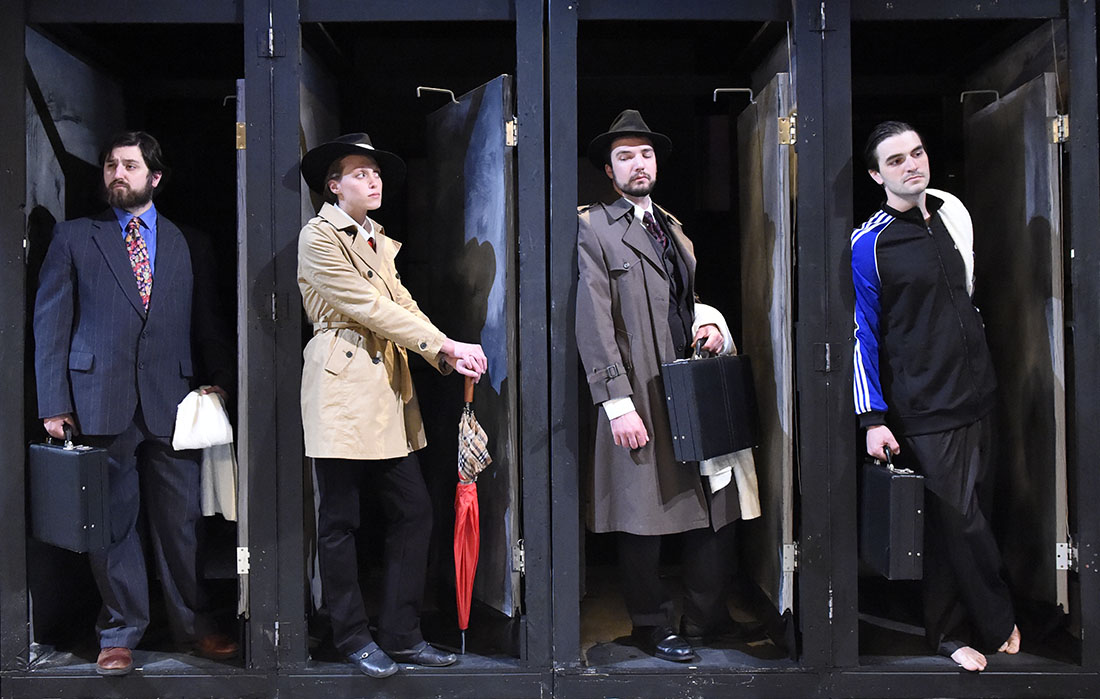
 One of the two main plots in The Merchant of Venice, of course, revolves around the pound of flesh which Anthonio forfeits to Shylock when he fails to repay his bond. Although an Italian collection of stories entitled Il Pecorone is usually cited as the primary source of this plot (insofar as it most closely resembles the story in Shakespeare’s play), the truth is that there were dozens of variations of this story to be found and it’s likely that Shakespeare was familiar (or at least acquainted) with several of them. (There are even versions in which it is the Christian who is attempting to claim a pound of flesh from the Jew.)
One of the two main plots in The Merchant of Venice, of course, revolves around the pound of flesh which Anthonio forfeits to Shylock when he fails to repay his bond. Although an Italian collection of stories entitled Il Pecorone is usually cited as the primary source of this plot (insofar as it most closely resembles the story in Shakespeare’s play), the truth is that there were dozens of variations of this story to be found and it’s likely that Shakespeare was familiar (or at least acquainted) with several of them. (There are even versions in which it is the Christian who is attempting to claim a pound of flesh from the Jew.)

